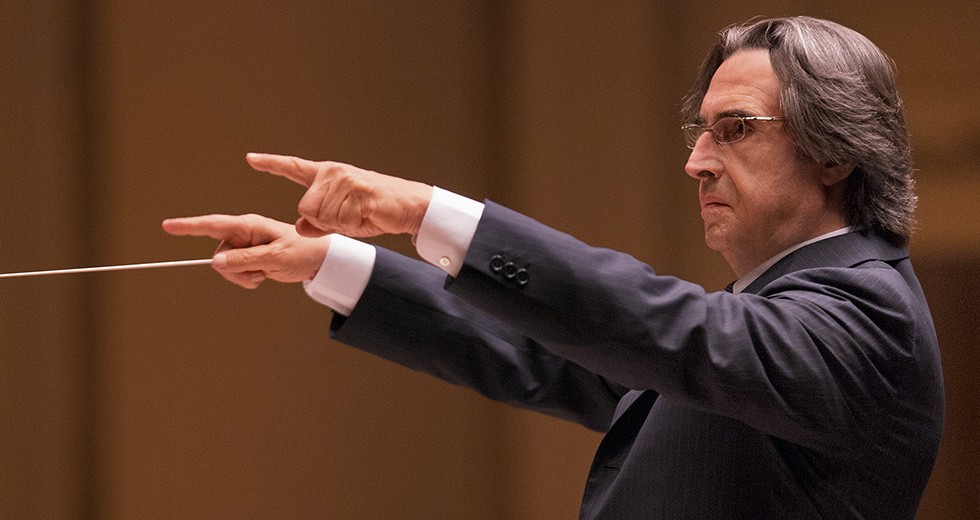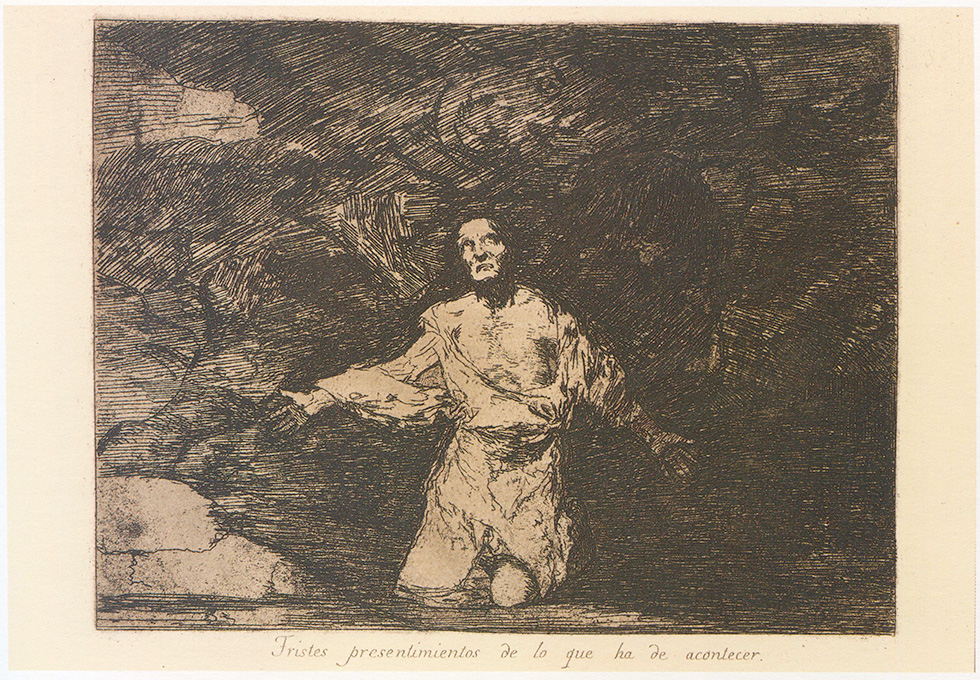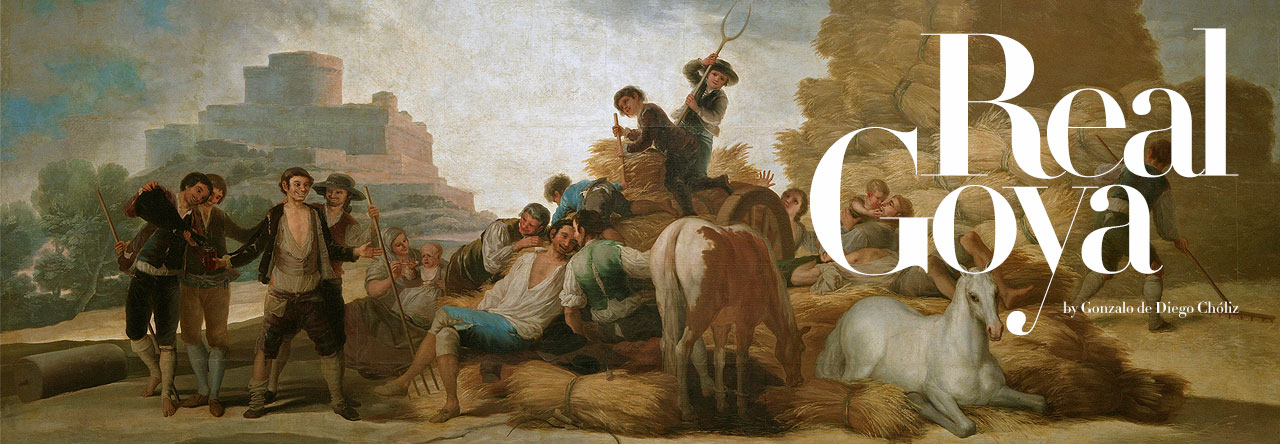In May 1978, as a collaborator for the savings bank Caja de Ahorros de Zaragoza, A. & R. as director of its exhibition halls, I got commissioned by the then head of the Benevolent Fund for Arts, Mr. González de Agüero, to make a journey from Zaragoza and visiting Professor Camón Aznar at his home in Madrid. The idea was that this showed me his very extensive collection and I draft a report on the overall quality of the set. Mr. José-Joaquín Sancho Dronda, General Manager of the savings bank, had initiated contacts with the Professor Camón overlooking the bank could be in charge of the collection, locate it on a representative building and hold it at their expense, as well as be directed, as a Museum and Institute of Humanities, by own Professor Camón and subsequently by his heirs, and mainly by his daughter and heiress Mrs. Pilar Camón Álvarez.
Years and years of tireless searches had converted to Camón Aznar in a very important collector for his time; but was a secret collector and almost unnoticed, because only a few knew of his generous project and the real importance of the Fund that was treasured.
The trip was set for the 15th day of that month to be holiday in Madrid, San Isidro, and Professor Camón was free of commitments and could dedicate the whole day to show me the collection. The Fund gave me tickets for a round-trip by air and at midday greeted me Professor at his home in Isaac Peral Street, on a flat of the Complutense University, in one of the blocks earmarked for housing their teachers.
On that flat there were two rooms, locked, containing a very large number of paintings, stacked ones together with others and taking up all the room. Showed me them one by one and, in each case, the Professor not only made his comment, but also made me questions and requesting my opinion on this. I keep for me those very significant conversations: revealing, without witnesses, half examination and half with an open heart.
After the visit to so extensive part of the collection, we move to another area of Madrid. Specifically to an apartment which, belonging to the Scientific Research, CSIC, Professor Camón occupied in a building close to the Avenida de América, very close to the building “White Towers” by the famous architect Sáenz de Oiza. There were another important part of the collection, more focused on works of the XX century, abundant works on paper, prints and some sculpture.
The process was thoroughly similar to the one followed in the flat at the University. And from there we finally went to Pez Street, to the pharmacy of Mrs. Pilar Álvarez, wife of Professor Camón. In a space within the premises, the Professor and his wife (a unit collector in which both emphasized) kept the large formats of the collection.
Well, after this third visit, the Professor told me that there were still some pieces of great value, which were kept in a safe in a Bank, but because of being holiday in Madrid could not show me. In any case, we agreed, he had showed me more than the 90% future legacy and believed that I could do myself a general opinion about it.
In addition to all this, Professor Camón showed me manuscripts drawings that had organized the distribution of 26 spaces or small rooms to hold the most of the collection, with intention to give an atmosphere of intimacy. A collection that the marriage was considered the preferred object of a lifetime and in which had invested all their savings.
Late in the afternoon I returned to Zaragoza and, in a few days, I gave my report to the head of the Fund, Mr. González de Agüero. There started and ended my relationship with Camón Aznar and its Museum (until the year 1991).
Professor Camón already then worked with architect Regino Borobio and knew that the building chosen to house his Museum was the so-called Palace of the Pardo, originally Palace of Jerónimo Cosida, located at Espoz y Mina Street of Zaragoza. That was a space more than suitable for the function that wished to give to the collection rightly considered by both parties. And at the same time that was ideal for the legacy, was rescued for a new life one of the most characteristic buildings of the Aragonese Renaissance.
Indeed, the process continued succesfully and culminated with the inauguration of the Museum and Institute of Humanities Camón Aznar, on December 1st 1979. It was a pity that the famous Aragonese polygraph could not see that event,-died in May-, as per the words of A.M. Campoy, the idea to bequeath to his city the art collections that had been formed throughout his life was, in the field of human ambitions, the great project of his life. This is contained in a plate in the façade that says: “MUSEO CAMON AZNAR. Benevolent Fund of Arts, Saving Bank of Zaragoza, Aragón and Rioja”.
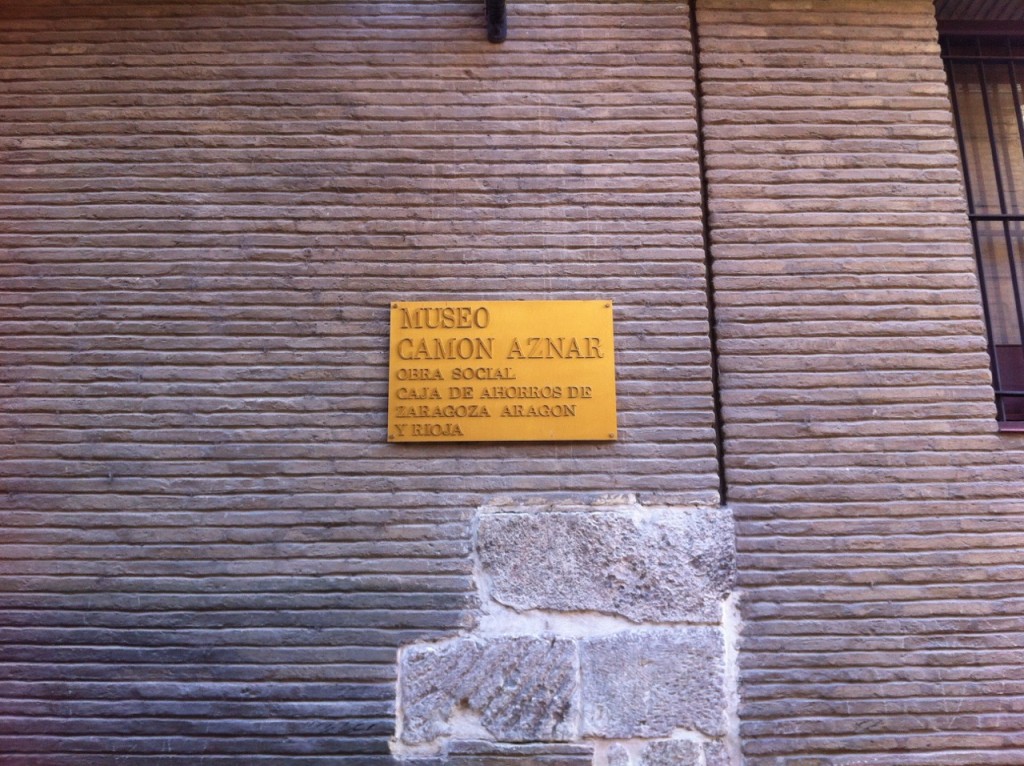
It began the career the Museum and Institute for Humanities of the same name with an excellent program of temporary exhibitions. Worthy of remembrance were in its first stage those devoted to Gothic painting in the Crown of Aragón, and that of the Aragonese Renaissance goldsmithing. This first stage, with ups and downs, would end in 1986 with the resounding failure of the one dedicated to the so-called “Young Goya”.
In a second stage, from 91 to 95, the temporary exhibitions would be programmed from the Fund of Ibercaja, with the blessing of the Board of Trustees of the Museum and Institute for Humanities, highlighting those dedicated to André Masson, the Negatives of Goya, to Henri Cartier-Bresson photographer, Joan Ponç, Denise Colomb and Joaquín Sorolla, among others. Later, from 96 to 2000 including exhibitions of Francisco Bayeu, Santiago Lagunas, the Cobra Movement, William Hogarth, the wonderful of Rembrandt-Goya-Picasso and already, in the last stage until 2007, Aureliano de Beruete, Ramón Casas and Santiago Rusiñol. There were showcased in the programming support for Aragonese artists of importance and recognition for a lifetime of work, the teaching quality of exhibitions of significant artists of the 20th century and the direct junction of others with artists that made up a significant background in the Camón collection.
The Institute of Humanities was intended for research of Art and History of Aragón and aesthetic research in general. Its large library was thus opened to scholars of its work and began the publication of its newsletter.
An important break even occurred in 1996 (250th anniversary of Goya’s birth) when Juan Bolea and other journalists in the region began to demand the creation of a Goya Museum in Zaragoza. That forced to join forces between Ibercaja and the Museum of Zaragoza (dependent on the regional government), the two great collectors of Goya’s work in the city, together with the Sociedad Económica de Amigos del País.
As per then the goyas of Ibercaja were in offices and not accessible to the general public, Ibercaja had the good sense to start a called “Space Goya” (© Rafael Fernández Ordóñez) and locate their goyas, together with the founder the Economic Society in the Patio de la Infanta, so that with a flawless installation as a museum these were accessible to the general public. It was opened formally on April 4th 1997. It was defending the heritage of Ibercaja, but at the same time to expose it for free for the joy of the general public.
Aside from that initiative of Ibercaja, for various reasons later could not meet all the goyas of Zaragoza in a single enclosure and, although tried to create this expanded “Space Goya” at Plaza de Los Sitios, the Museum project -who never wanted to be called Museum- not flourished when changing the colour of the regional government in local and autonomous elections that spring.
Another important moment in the life of the Museum and Institute of Humanities of Camón Aznar will take place years later. At the end of 2007 closes a few months to carry out an intensive renovation overlooking the Expo of Zaragoza, which will take place in the spring and summer of 2008.
Indeed, rearrange spaces and despite of many appearances more dramatic and decorative than real, and counting though with the approval and blessing of the Museum’s Board of Trustees (which Ibercaja submits the project for approval), I believe were committed two major errors: the first, entrusting the forced reorganization of collections and exhibition discus to an unsuitable person; the second and most important yet vanishing library (converting it in hall for temporary exhibitions), as well as limiting very awkwardly the space for studio, offices and administration. The library is moved to another location, several miles away and, rather than in the company of other libraries and collections specially prepared for the investigation, such disability does cause a severe failure in the Museum and, above all, in the Institute of Humanities. Museum and Institute of Humanities which from that moment passed to be called “Camón Aznar Ibercaja Museum” (MICAZ), although in Zaragoza “everybody” continued calling it Museo Camón. No catalogue of works.
At the same time, the Ibercaja Museum launches a nothing refined plan of commercial marketing in order to increase its visits… An operation as clumsy as completely disengaged from what is a serious cultural center and of some importance. It seems to increase visits “as possible” and “as possible” is achieved. But I am not going to insist on this issue, because the comparisons (currently still rather than visible) would be odious.
And we arrived to at present moment. Currently we are witnessing a very striking and unexpected impasse. After a new, much more coherent and do final(?) remodelling of spaces and collection, the now baptized as Goya Museum has opened its doors and offers significant news for anyone who has followed in recent years its origin and activity. Before this new issue, we prefer to follow the path of Thomas Aquinas with his constant search for the truth through the study of reality.
Naturally, from outside the deliberations of the new Board of Trustees are ignored, but cannot be very surprising and suggestive some remarks made in writing by the illustrious member of the previous Board (?), Mr. Hipólito Gómez de las Roces, State Attorney and closely related professional and friendly with Professor Camón Aznar and his family. Collaborator from the first moment of Proffesor Camón and man of his confidence, as well as his family, and a permanent member of the Board since its founding.
Statements published in “El Periódico de Aragón” that are a real accusation to the behaviour and attitude of Ibercaja to remove the name of Professor José Camón Aznar of his own Museum and collection, giving only the name of the so-called hall for temporary exhibitions of the now re-named Goya Museum, Ibercaja. Without informing the Board of Trustees and enabling one distinct and controlled by the own Ibercaja Bank. At the entrance of the aforementioned hall the topic is shipped face to the public with a small portrait in bronze of the donor, a Honorio García Condoy work, and a reminder plaque: “Thanks to D. José Camón Aznar, whose legacy is preserved in this museum. Ibercaja Obra Social.”
Feels stupor to read it, and those of Camón Aznar’s grandson, as well as the absolute silence that in response maintains the own Ibercaja and its foundation. For any neutral observer it appears as a great folly, unrelated of a museum that was born in 1979 after 36 years of record deserves a continuity more in keeping with the general interest, as well as that of both parties, and urgently needs a permanent deal that resolve quickly such a cultural split.
Because it is very true that Ibercaja has always behaved with prudence, generosity and knowledge make worthy of all praise; and over time has been introducing undeniable improvements that not only reiterate and justify its good intentions, but at all times have had the will to improve the quality and image of the set despite the difficulties, which there has been, to achieve this. And in addition, counting always with the Board, as it was signed at the first time.
On the other hand, the heirs of Professor Camón naturally have wanted and managed to retain the integrity of the collection, thanks to the generosity of Ibercaja -who accepted the initial conditions of Professor Camón, and in spite of being aware from the first moment of criticism more than reasoned, not a few of specialists and visitors of the Museum.
Accordingly, and to this day, in August 2015, seem well-founded reasons for Ibercaja when says that wants to strengthen the discourse on Goya and his environment, and when consistently gets its right by enriching the very numerous works of art displayed there, with other new funds from their property and Economic Society, and very important , by entrusting review of increased collection, as well as the study of the new additions and the drafting of an exhibition to a true specialist, rigorous and serious discourse as Professor Arturo Ansón, of great national and international prestige in the study of Goya.
Seems well-intentioned the idea of Ibercaja when calling so the Museum, although it still has not an accessible catalogue, trying to give an exhibition unit and anticipates that this will be the centre of reference of the pictorial and graphic work of Goya in Zaragoza. And as a first step adds 39 new contributions, not all of Goya but very useful some for his study, trying to round out the collection with works of the artistic heritage of the banking institution and the Economic Society, to cover which is called as “the legacy of Goya” until the 50s of the last century. Also provides it media training such as audio guides, tablets and guided tours of various types.
But they seem equally well-founded reasons for the family when Ibercaja says that the new Goya Museum opens with 500 works. Part of them (how many really?) from Camón legacy. The hurt and unanswered demand of the family and part of the previous Board seems also well founded, but I will not detail much more as may go to the aforementioned “Periódico de Aragón” for more details and its newspaper library. In any case, for the neutral spectator, the family and their relatives have compelling reasons. And cannot be ignored with a hand to the air without having its consequences.
So, what are the last reasons and the whys that have resulted in this breaking in relations so striking? Why this burying of the question? This thick silence on the key question: what was once a Museum and Institute of Humanities Camón Aznar, later Museum Ibercaja Camón Aznar and now, since on Thursday 26th February 2015 become Goya Museum, Ibercaja Collection. How a Board of Trustees has transmuted into another Board (now a foundation and before a Museum and Institute of Humanities) without the knowledge of the first… but with a great number of works of primitive legacy.
As wrote my admired Cardinal Ratzinger concerning a discordance of opinions, “my criticism about his work is tough, but for dialogue forms part directness; only thus can grow knowledge”.
It is clear that a sense of touch is missing, that there has not been nor directness nor enough diplomacy at the time of the reopening of the Museum after the last renovation. Seen from outside and without knowledge of domestic issues that perhaps could give and remove reasons, it remains to be an incomprehensible pity that relations that have traditionally been good has been broken. Intentionally or not, the truth is that the relationship has been very affected and the practical disappearance of the name of the donor/founder seems hard and poorly justified. Is it enough to put the name of Camón to a temporary exhibition hall, where are announced renewed high level contents? It will not be for the first two exhibitions there presented…
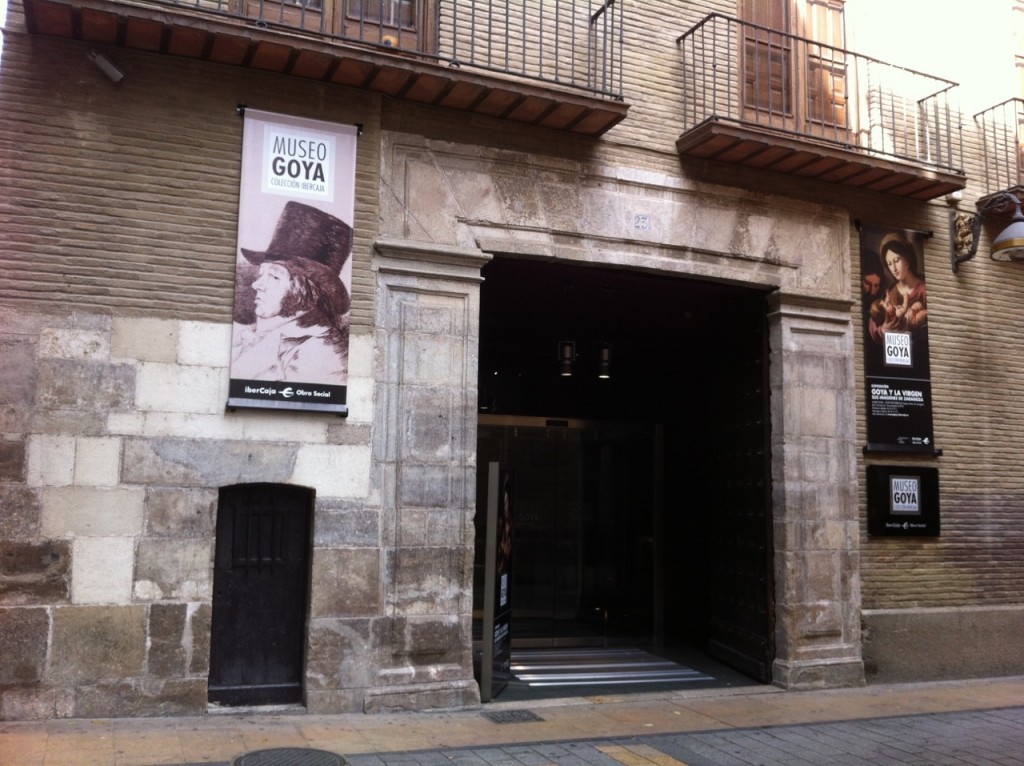
Perhaps has been able to influence the composition of a new Board of Trustees whose members are too far from the world of culture? Is missing in its bosom a counterweight certainly expert? As stated in the report of Transparency and Good Governance of the museums, by Commitment and Transparency Foundation, “it is important that Spanish museums develop codes of good governance and policies of collections and make them accessible via web as an exercise of transparency and accountability and safeguarding of assets who guard”. It adds that the information posted online by the museums must comply, according to this agency, with the principles of visibility, accessibility, up-to-date information and integrity (comprehensive and complete information).
And ends claiming in the elaboration of the boards “are not recommended to appoint as members of the governing body people exclusive because of his position, without taking into account their personal skills and technical skills”.
I can finally add that it is also possible that in the desire to prepare for the future, Ibercaja necessary remove and sort the collections and add, also, part of its artistic heritage, especially with works of the 20th century, and this question was not easy to treat. But this is a guess, not a certainty. And the time will be who give or remove reasons. But in any case, and while the matter is cleared up, it is logical that many people think what was claiming Goya, that reminding of Zaragoza, he said, “I burn alive”.
However, and despite all troubles, we must not forget that in this life everything has a solution. Even what seems more convoluted and impossible. And in this particular case what has been lacking has been the timely communication and agreement between the Board of Trustees of the Museum and Institute Camón Aznar and Ibercaja Bank. What happens, what is that must inevitably be deleted? It’s ignored, but talking is like things are solved. Reason why from here (a website called Real Goya) make vows to as soon as possible, is attained by a discreet approach between the two parties (the Ibercaja Bank Foundation on one side and the Camón family and their supporters on other); and it’s reached a meeting point, open to the public, which can only bring benefits for everyone, starting with the figure of Goya and Zaragoza, his hometown. We look forward impatiently its notice and the most successful futures.
Gonzalo de Diego
